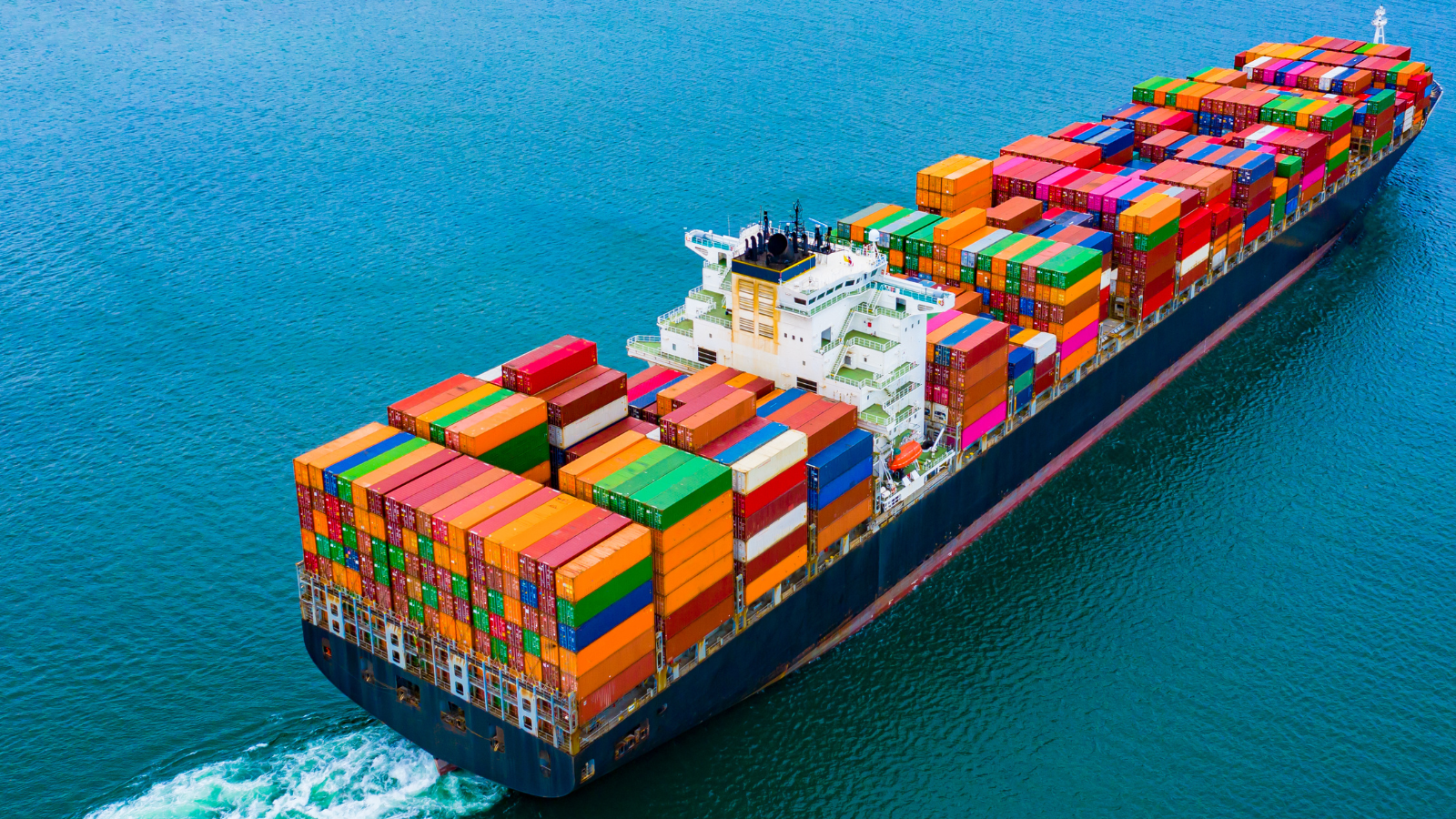Global ocean carriers are weathering staggering increases in vessel capacity
Container lines have historically been able to withstand increases in vessel capacity, but a massive increase in capacity could potentially pose challenges for the industry. Container lines have typically responded to increases in vessel capacity by adjusting their supply-demand balance through strategies such as idling vessels or reducing sailings to prevent oversupply and maintain freight rates. However, a massive increase in capacity could result in a prolonged oversupply situation, leading to downward pressure on freight rates and profitability.
In addition, a significant increase in vessel capacity could also put pressure on ports and other parts of the supply chain, as they may not be able to handle the increased volume of cargo. This could lead to congestion, delays, and increased costs for container lines. Furthermore, a large increase in vessel capacity could also lead to consolidation in the industry, as smaller or less efficient container lines may struggle to compete with larger players with greater economies of scale.
Freight forwarders remain hopeful for a container demand recovery this year, according to a survey by Container xChange.
CEO of Ocean Network Express (ONE) Jeremy Nixon is warning that there will be significant up-front cost associated with the transition to green fuels.
The global freight forwarder and global shipping line have agreed to help reduce the industry’s emissions by using certified sustainable, second-generation biofuels.
After historically high freight rates in the maritime shipping industry clouded the sector while consumers panic-bought everything from furniture to toilet paper during the pandemic years - the rates have finally cooled off.
While the European Union, the International Maritime Organization (IMO), and several individual countries are tightening their sustainability and carbon footprint standards, shippers are planning to meet them head-on.
Due to spot market rates declining after years of unprecedented growth during the COVID pandemic boom, carriers are asking if they can keep the profits rolling in.
While west coast ports cool and congestion clears, the world’s largest container carriers are debating how to deal with the ongoing labor talks between the union dockworkers and the ports.
Over the past few years, shipping prices have skyrocketed due to massive e-commerce growth and a pandemic pushing many customers to begin ordering from home.
The US Supreme Court has made controversial stances on Roe v. Wade and regarding California’s AB5 law, but a lesser known judgement sets a precedent for logistics liability.
Hauling large quantities of freight over long distances does not come without its risk.
The rates are usually stated in the fine print, but it’s important that your company is aware of them.













Flexport has launched The Convoy Platform, a technology solution aimed at providing small carriers with access to freight while offering real-time competitive rates, shipment visibility, and on-time performance to shippers and brokers.